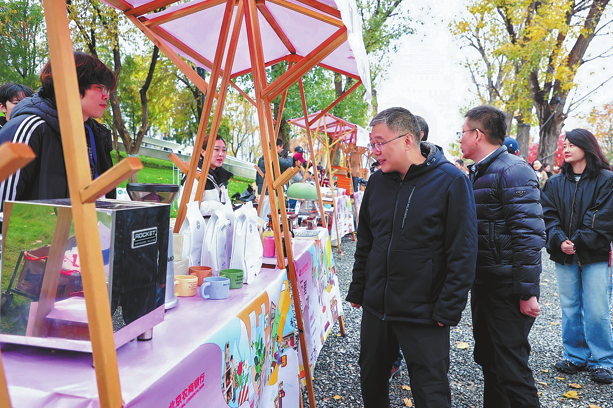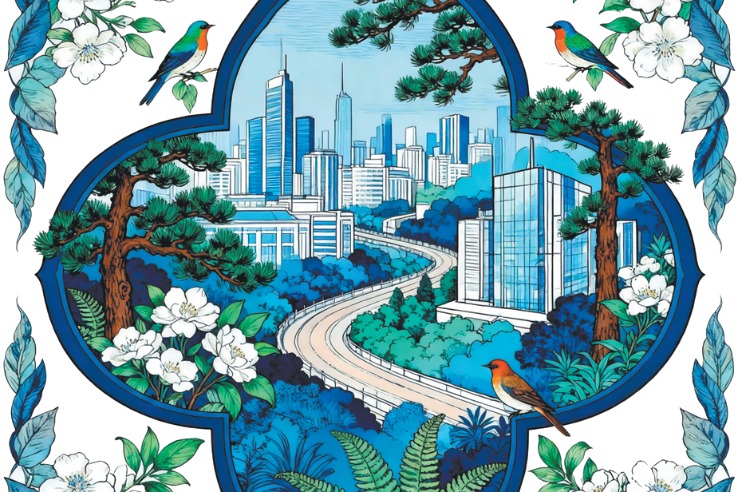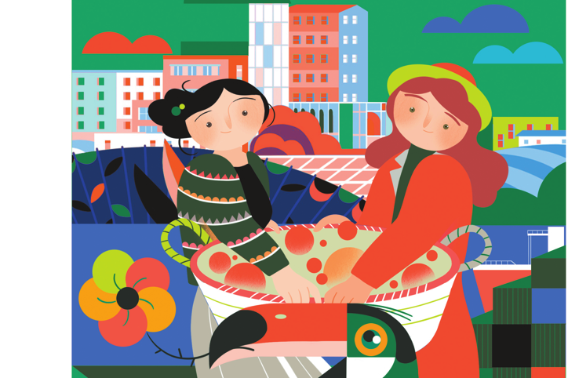Time to rethink doctor stereotypes in media


From "angel in white" to "white cobra", the images of doctors in Chinese media swing between two extremes. The formation of these stereotypes closely relates to media positioning of doctors in the past decades.
With the rise of self-published media and the information cocooning effect, such rigid and highly conflicting impressions of doctors have become an important inducement for frequent medical injuries.
In order to improve the doctor-patient relationship, it is necessary to rethink doctor stereotypes in the media and carry out new explorations.
The word “stereotype” originally refers to printed lead plates. Applied to the field of communication, it refers to the "fixed prejudice that plays a decisive role in the formation of public opinion”, as Walter Lippmann noted in 1922.
Once we have stereotypes, it's hard to get rid of them, as stereotypes function as a cognitive shortcut for the human brain and can have a profound impact on judgment and behavior.
The media provides the main source of doctor stereotypes and its portrayal of doctors affects the public and their understanding of the doctor-patient relationship.
House MD, one of the most popular medical dramas, stands as a typical representative of the stereotype of doctors. Dr. House, the hero, is like an almighty god who can deal with everything from rare progressive brain disorders to naphthalene poisoning.
Some medical institutions also tend to publicize the excellent medical skills of their doctors in their communication strategies.
Such doctor stereotypes in the media and the lack of professional knowledge lead to unrealistic expectations about these professionals.
Therefore, not meeting such expectations will quickly generate dissatisfaction and provoke anger toward the doctor, believing the doctor failed to cure the disease.
After forming a negative stereotype about doctors, patients will subconsciously seek information to confirm their bias and may be defensive and confrontational in the subsequent process of communication. This has the potential to ignite one disaster after another.
What makes this even worse is that aggregative media such as Jinri Toutiao further fortifies the information cocooning through customized news services. As a result of this reinforcement of stereotypes, it becomes difficult to build trust between doctors and patients and leads to a vicious cycle and even conflict.
For the sake of doctor safety and public benefit, the media and medical institutions should adopt more scientific strategies when carrying out communication on medical topics.
On the one hand, the media must remain objective and realistic about medical topics and pay more attention to disease exploration instead of mythologizing doctors.
On the other hand, the media should help disseminate and popularize death science. The whole society needs a rational understanding of the concept of death in order to avoid the dangerous tendency of anger over medical care because of ineffective treatment.
For example, Yale University's Open Course "Death" is helpful in promoting rational thinking about the most important topic of life. To understand death is to grasp the value of life.
The media is an important source of information for doctor stereotypes. We should rethink the merits and demerits of the media in describing doctors, to help solve the contradictions between doctors and patients.
Li Dingdian contributed to this story.


































